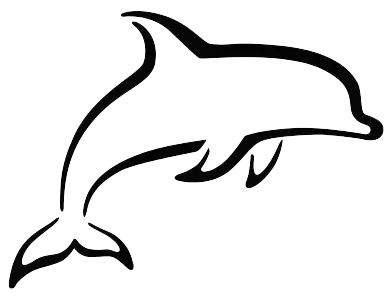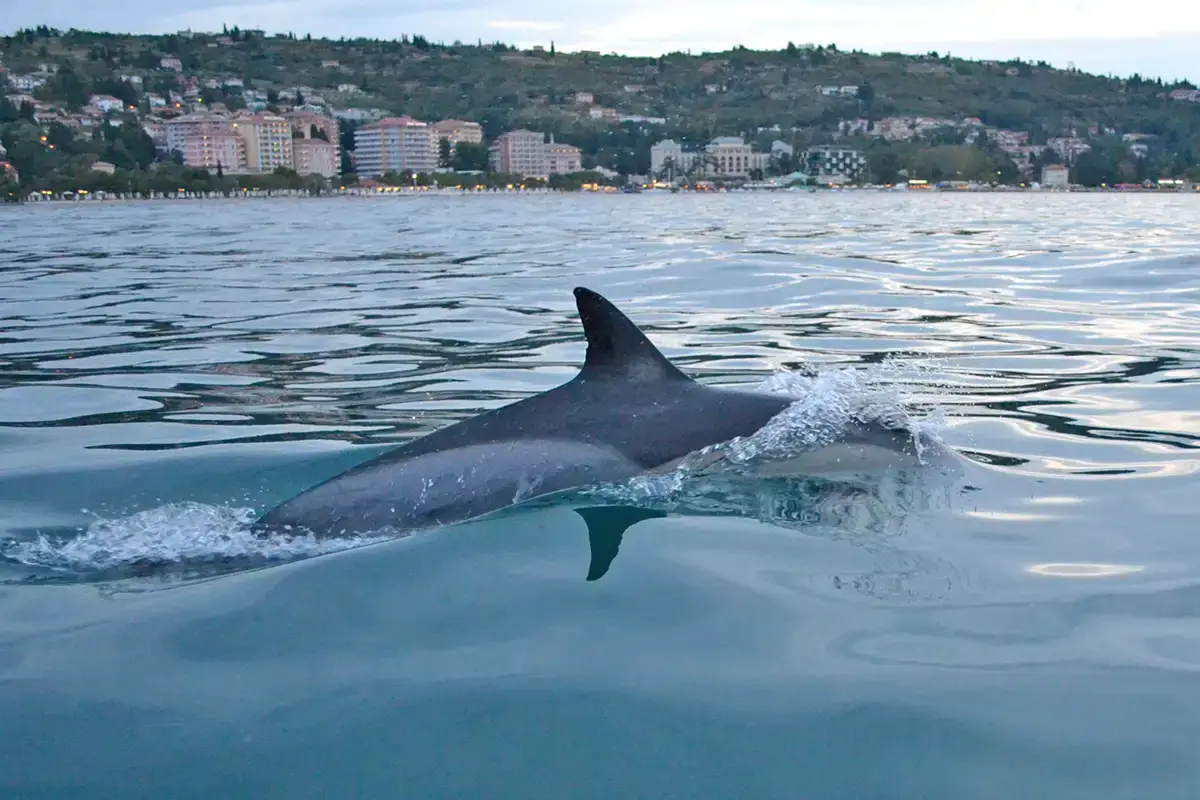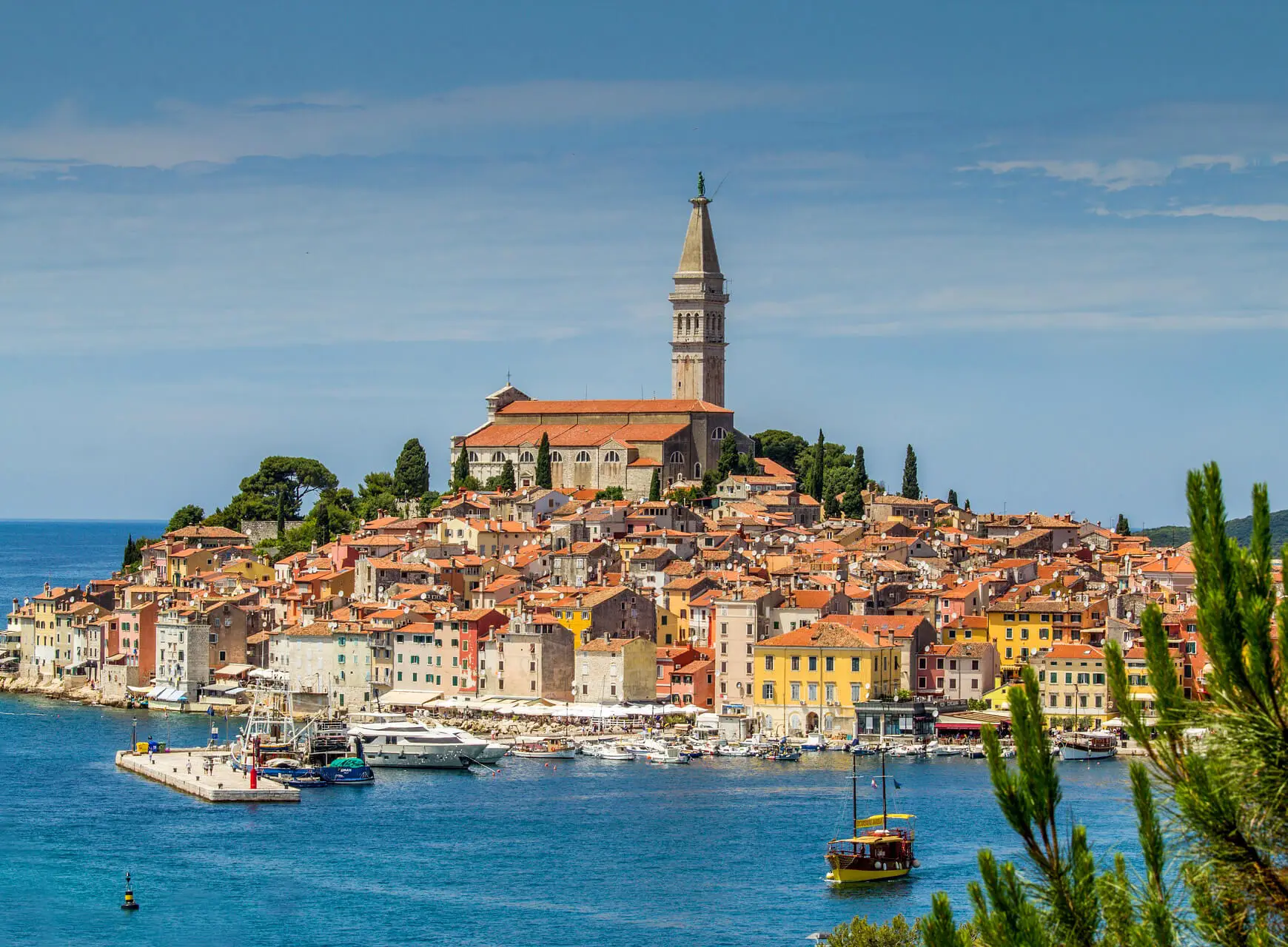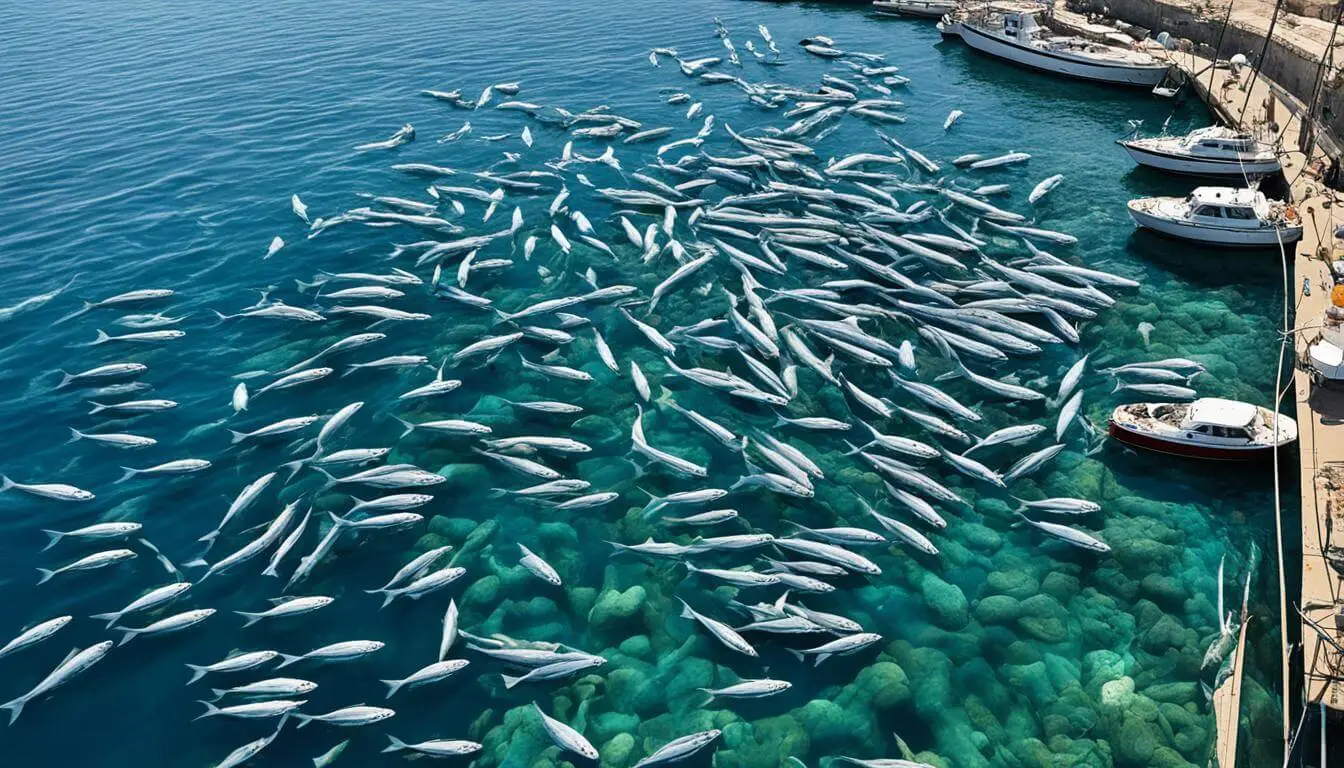Introduction to Dolphins in the Adriatic
The Adriatic Sea is a vital part of the Mediterranean, home to a variety of marine wildlife, including several species of dolphins. These intelligent and social creatures play a crucial role in the marine ecosystem, acting as indicators of ocean health and contributing to the balance of marine life. Among the species found in the Adriatic, the bottlenose dolphin (Tursiops truncatus) is the most prevalent, often seen frolicking in the coastal waters of Croatia, Slovenia, and Italy. The presence of dolphins is not only a sign of a thriving ecosystem but also a significant draw for eco-tourism, making them both a natural wonder and a critical species to protect.
Current Dolphin Populations in the Adriatic
The bottlenose dolphin is the most commonly observed dolphin species in the Adriatic Sea, known for its playful behaviour and close interaction with humans. These dolphins are typically found in shallow coastal waters, where they hunt for fish and other marine creatures. While the exact population numbers vary, studies suggest that the bottlenose dolphin population in the Adriatic is relatively stable, though it faces several challenges.
In addition to bottlenose dolphins, the Adriatic Sea is also home to other species such as the striped dolphin (Stenella coeruleoalba) and the short-beaked common dolphin (Delphinus delphis), although these species are less frequently encountered. Dolphins are vital to the Adriatic’s marine wildlife, playing a key role in maintaining the balance of the ecosystem by controlling fish populations and serving as an indicator of the overall health of the marine environment.
Impact of Climate Change on Dolphin Populations
Climate change poses a significant threat to the dolphin populations in the Adriatic Sea. As global temperatures rise, the Adriatic has experienced shifts in water temperature, which in turn affects the distribution of marine species. Warmer waters can lead to changes in the availability of prey for dolphins, forcing them to alter their hunting patterns or migrate to different areas in search of food.
One of the most critical impacts of climate change on dolphins is the alteration of their habitats. Rising sea temperatures and changing ocean currents can disrupt the delicate balance of the marine ecosystem, leading to the loss of crucial feeding grounds. Furthermore, ocean acidification, another consequence of climate change, affects the abundance and health of the fish species that dolphins rely on for sustenance. This not only threatens the dolphins’ food sources but also impacts the entire food web in the Adriatic Sea.
In addition to these challenges, climate change can increase the frequency and severity of extreme weather events, such as storms and floods, which can harm dolphin populations. These events can lead to habitat degradation, increased pollution, and more frequent strandings, all of which pose significant risks to dolphins in the region.
Other Threats to Dolphins in the Adriatic
Beyond climate change, dolphins in the Adriatic Sea face a range of human-induced threats. Pollution is a major concern, with plastics, chemicals, and other pollutants contaminating the waters. Dolphins, as apex predators, are particularly vulnerable to bioaccumulation, where toxins build up in their bodies over time, leading to serious health issues and even death.
Overfishing, another significant threat, reduces the availability of food for dolphins, forcing them to compete with humans for resources. In some cases, dolphins are accidentally caught in fishing nets, a phenomenon known as bycatch, which can result in injury or death.
Maritime traffic in the Adriatic is also on the rise, particularly during the tourist season. The increase in boat traffic poses a risk of collisions, which can be fatal for dolphins. Additionally, the noise pollution from ships and boats can disrupt dolphins’ communication and navigation, leading to disorientation and stress.
To mitigate these threats, various conservation initiatives have been implemented in the Adriatic. These include the establishment of marine protected areas, stricter regulations on fishing practices, and efforts to reduce pollution. However, continued vigilance and action are necessary to protect dolphin populations from these ongoing threats.
Conservation Efforts and Sustainable Practices
Conservation efforts in the Adriatic Sea are crucial for the survival of its dolphin populations. Various non-governmental organisations (NGOs) as well as local communities and governments have come together to address the challenges facing dolphins and other marine wildlife. One such initiative is the establishment of marine protected areas (MPAs), which provide safe havens where dolphins can thrive without the pressures of human activities.
Sustainable fishing practices are also being promoted to ensure that fish stocks are maintained at healthy levels, thereby securing the food supply for dolphins. The use of dolphin-friendly fishing gear, such as modified nets designed to reduce bycatch, is being encouraged to minimise accidental harm to these marine mammals.
Public awareness campaigns play a vital role in conservation efforts. By educating locals and tourists about the importance of dolphins to the marine ecosystem and the threats they face, these campaigns aim to foster a sense of responsibility and encourage sustainable behaviour. For instance, eco-tourism initiatives that promote responsible dolphin watching are gaining popularity, allowing people to enjoy these magnificent creatures in their natural habitat while contributing to their protection.
Collaboration between countries bordering the Adriatic is also essential for effective conservation. Dolphins are highly migratory and do not recognise national boundaries, so regional cooperation is necessary to address the transboundary threats they face. Joint monitoring programmes and shared conservation strategies are steps in the right direction.
Conclusion
Dolphins are an integral part of the Adriatic Sea’s marine ecosystem, symbolising the health and vitality of this unique environment. However, they face numerous threats, from the impacts of climate change to pollution and overfishing. Protecting these incredible creatures requires a concerted effort from local communities, governments, and international organisations. By embracing sustainable practices and supporting conservation initiatives, we can ensure that dolphins continue to thrive in the Adriatic Sea, preserving this natural heritage for future generations to enjoy.



